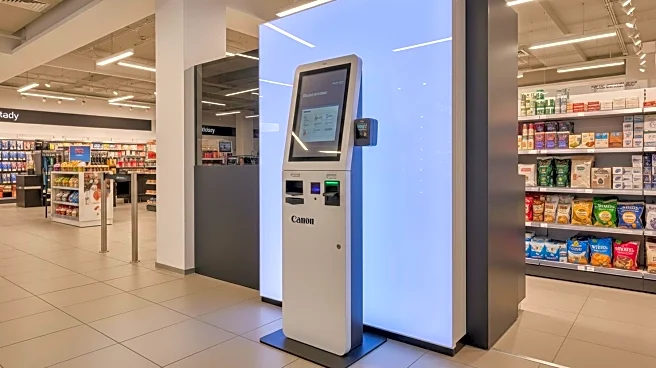What's Happening?
The global anti fungal drugs market is expected to grow at a CAGR of 3.5%, reaching USD 19.08 billion by 2032. The rising incidence of fungal infections, particularly in immunocompromised patients, is driving market growth. Advances in drug formulations and diagnostic technologies are improving treatment efficacy. North America is anticipated to lead the market, while Asia Pacific offers lucrative growth opportunities. Challenges include high treatment costs and side effects, but ongoing research and development are paving the way for novel antifungal agents.
Why It's Important?
The growth of the anti fungal drugs market highlights the increasing need for effective treatments for fungal infections, which are becoming more prevalent. This trend underscores the importance of continued research and development to address challenges such as antifungal resistance and high treatment costs. The market's expansion presents opportunities for pharmaceutical companies to innovate and improve patient outcomes. As awareness and diagnostic rates increase, the demand for antifungal drugs is likely to rise, impacting healthcare systems and patient care.
What's Next?
The development of combination antifungal therapies and novel agents is expected to enhance treatment efficacy and reduce resistance. Pharmaceutical companies may focus on expanding their product portfolios and investing in research to address unmet needs in the market. Regulatory approvals for new antifungal drugs could create new market segments and change existing treatment protocols. Stakeholders, including healthcare providers and policymakers, may prioritize efforts to improve access to affordable antifungal treatments.










